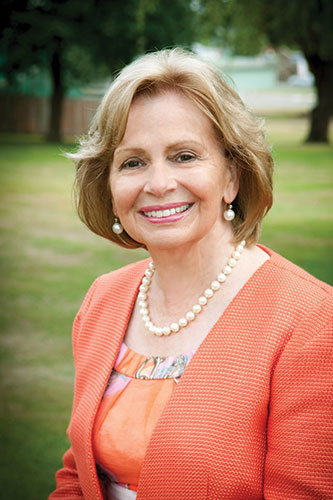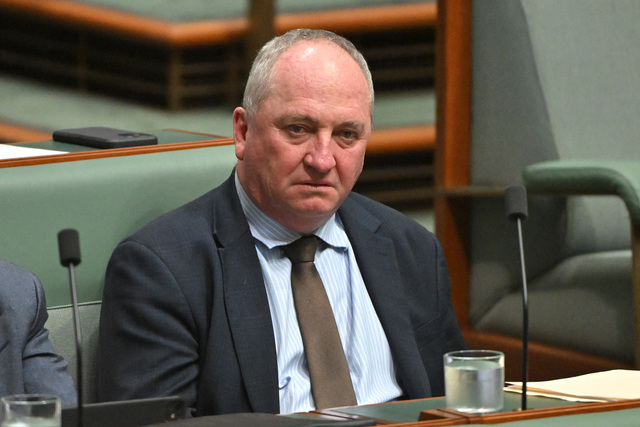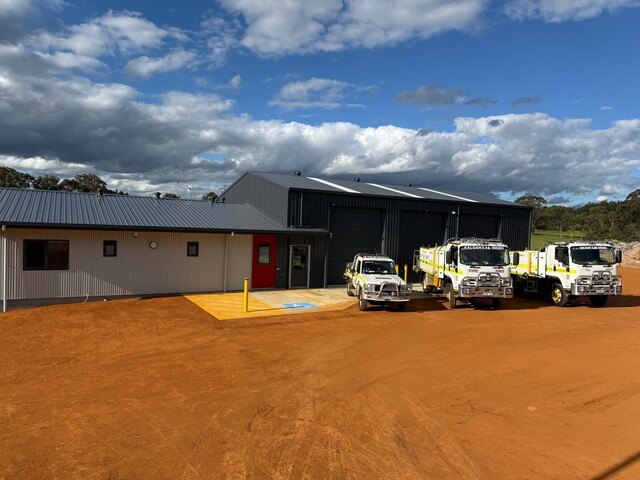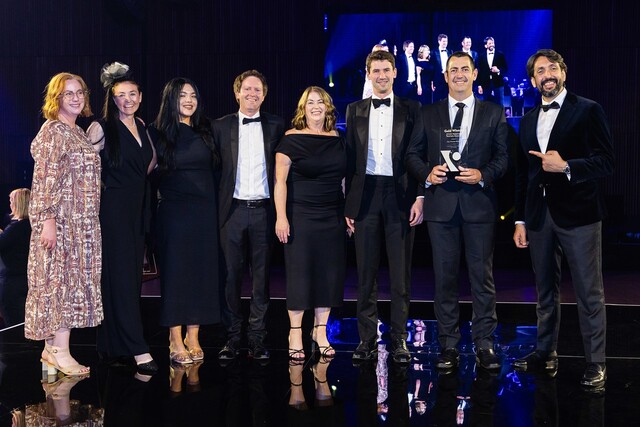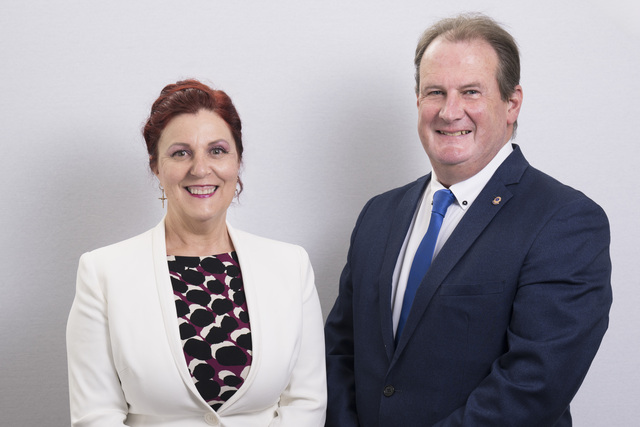While I have been involved with the Local Government Association of Tasmania (LGAT) for some years as a member of the General Management Committee, this is my first year as President. Moving into this role gives me an even greater appreciation of the work of the Association and the small but dynamic team of staff.
Collectively, with our members, LGAT has some significant issues to pursue over the next 12 months.
Last year the State Government commenced a roots and branches review of Local Government Legislation. We are waiting to hear what directions the Government will pursue post the initial consultation phases ahead of starting to draft legislation. LGAT remains integrally involved as a member of the Steering Committee and there will be strong ongoing engagement with our sector as we peruse the ‘devil in the detail’.
Having spearheaded a strategic focus on waste issues in Tasmania we were delighted last year when the Government’s draft waste action plan included commitments to a container refund scheme and waste levy as both have been pursued by our sector for some time.
Our Members funded a feasibility study into state-wide waste arrangements and agreed the best approach to a state-wide governance model would be a partnership between State and Local Government. Our sector has committed in principle to fund the next phase of work – establishing a governance model. We await a similar commitment from the State as part of the budget process.
Some of our other priorities include advocacy to ensure equitable rating outcomes, particularly as they relate to charitable exemptions and further support and advocacy on planning reforms. This includes the Tasmanian Planning Policies and review of residential provisions.
We recognise some major shifts likely to impact significantly on Local Government nationally in the years to come. These include increased urbanisation mirrored by population decline in regional areas; a rapidly aging population; increasing use of, and expectations around, digital technology and the impact of climate change fuelled natural disasters.
In Tasmania uneven growth means we are already experiencing pressure in some communities when it comes to housing affordability, congestion, waste management and visitor impacts.
Like a variety of other sectors, Tasmanian councils are not immune to competition for skilled workers and we continue to see a demand for Local Government reform without clearly articulated links between perceived problems and desired outcomes.
There are high expectations on councils, and this can be challenging when issues are complex and unable to be resolved solely by Local Government.
As we know councils can’t do everything, certainly not with the same bucket of money, and expectations will need to be managed.
Understanding what communities will need of councils in the future is vital and drives LGAT’s 21st Century Councils project. This is a grass roots piece of work to identify possible future structures, roles, functions and delivery mechanisms for councils and will also be progressed this year.

